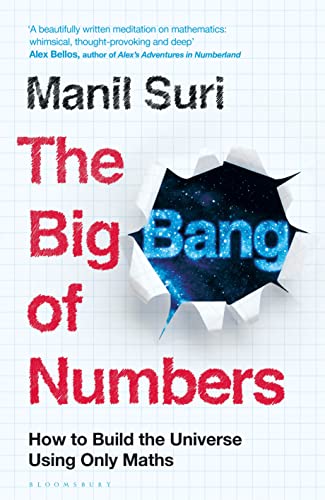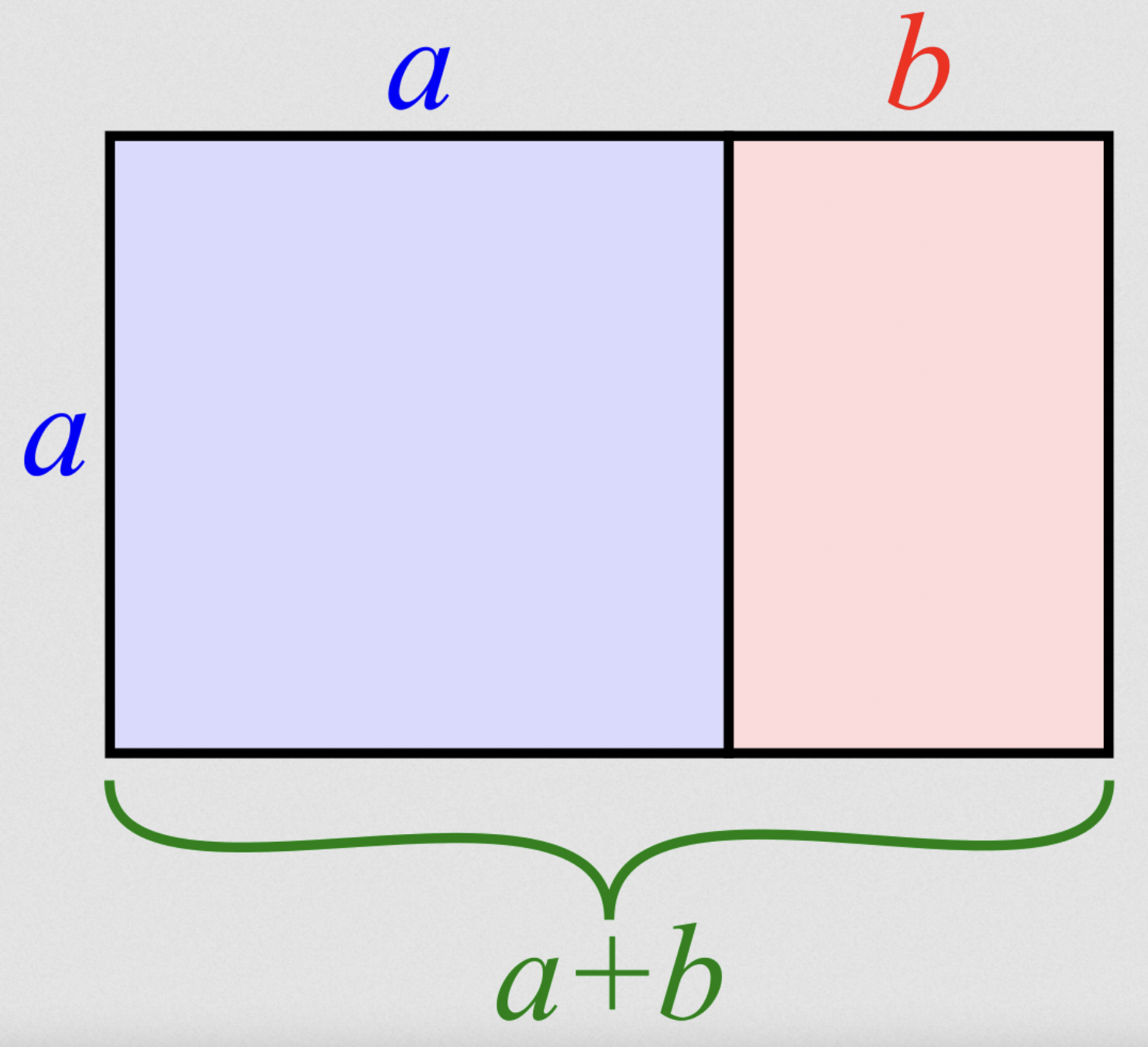
Representative image. Photo: Greg Rakozy/Unsplash
Simon Singh’s documentary film Fermat’s Last Theorem begins with his interview of Andrew Wiles, the mathematician who solved this 300-year-old problem. Singh stays off camera. The camera pans over Wiles’ notes filled with scrawled equations, lingering on the shelves crowded with books behind his chair. It finally settles on Wiles at work at his desk.
About a minute into the documentary, Wiles describes what he feels when he realises that he has solved the problem. He says, “ … suddenly, incredibly, I had this sudden revelation. It was the most important moment of my working life. Nothing I ever do again will .… ”
He blinks rapidly as his voice trails and catches. His eyes are moist. He remains still for a moment before he turns abruptly away from the camera, signalling the cameraperson to stop filming.
It’s an emotional movement. Shorn of context, it’s easy to forget that he’s describing his relationship to a piece of fairly arcane mathematics, a problem that had resisted all attempts to solve it for close to four centuries before his crucial insight. It’s a theorem that is easy to state – a background in school-level mathematics is enough to comprehend it – but fiendishly hard to prove.
But we don’t teach mathematics in any way that might highlight why this moment might have been special, to suggest a broader meaning or an emotional content to why mathematics is done. Our maths textbooks are dry and bland, yielding little sign of how mathematicians actually think. Or how they come to ask the questions they do.
The mathematician Joel Cohen, in an essay called ‘A Mindful Beauty: What poetry and applied mathematics have in common’, says, “….poetry and applied mathematics have in common both economy and mystery. A few symbols convey a great deal … their effectiveness in creating meanings and beauty remain inexhaustible.”
But as the American teacher Paul Lockhart writes, in A Mathematician’s Lament, “At no time are students let in on the secret that mathematics, like any literature, is created by human beings for their own amusement”.

The Big Bang of Numbers
Bloomsbury Publishing (October 2022)
Where does meaning originate in mathematics? In his non-fiction book, The Big Bang of Numbers, the mathematician and novelist Manil Suri attempts to present mathematics from the bottom up, to “build the universe using only maths”, as he says.
Suri asks: Where did the notion of number come from? Can we understand geometry without reference to concrete objects, shorn of its need to represent tangible and physical things?
Suri writes beautifully. A professor of mathematics at the University of Maryland, he has written three successful novels that have been translated into multiple languages. But unlike most writers of popular mathematics books, he also does humour very well. A thread that runs through the book is a running gag involving the pope, whose statements about gay relationships knocked Suri’s New York Times article op-ed on ‘How to Fall in Love with Math’ off the top of its most-emailed list.
Suri quotes Rob Fixmer, a former editor of the New York Times, who says: “Mathematics has no emotional impact .. Maths doesn’t challenge any fundamental beliefs or what it means to be human.” Suri has taken this view head-on, asking, “What did (religion) offer that maths didn’t? What lesson could one take away for maths to draw people in, to compete for the attention economy we live in?”
The book describes an origin story for mathematics that shows how the mathematical universe can be constructed out of a few basic building blocks. This construction, in Suri’s telling, is shorn of any relation to the physical world, mathematics as though a disembodied alien might construct it.
Suri first imagines the idea of numbers, starting from the idea of a set, a collection of objects. Set theory represents an approach to the foundations of mathematics that attempts to whittle them down to a few minimal ideas. The empty set represents the number 0. He then shows how the set that contains this empty set can be denoted by the number 1. A fresh set that contains both the empty set as well as the aforementioned set that contains it, corresponds to the number 2. This idea can be bootstrapped further to generate the numbers 3 and so on.
This is the modern understanding of the relation between set theory and numbers: The number ‘n’ describes a set with n elements. These are the so-called natural numbers, the ones we use to count. We can think of them all lined up in increasing order along a ‘number line’.
From these sets, Suri describes how the methods of addition and subtraction arise as manipulations. But then the spectre of division arises: a natural number divided by another often isn’t a natural number any more. What happens if we divide by zero? Worse, we should allow numbers to be negative too, if we are to make our mathematical universe consistent. Our natural numbers have expanded to integers, including both zero and negative numbers. Our number line then stretches on both sides of the zero.
Thence to the fractions, such as 2/3 or 21/7, the rational numbers. One can think of them as filling the spaces between the natural numbers on the number line. But even these turn out to be inadequate – there are gaps that can’t be filled just with these numbers. Numbers that can’t be thought of as one integer dividing another, are infinitely more numerous. Irrational numbers occupy the space between the rational numbers along the number line, leaving no gaps. The final leap adds to our mathematical universe the imaginary numbers, sticking out on a whole other axis.
Also Read: When Children’s Real Lives Are Part of Math Lessons, Learning Is Easier
Having done with constructing numbers ‘from the bottom up’, Suri turns his attention to geometry, beloved especially by the Indians and the Greeks. He describes Euclid’s contributions, the systematic setting up of axioms from which our understanding of geometry follows. He introduces ‘alternative geometries’, showing how they turn up in places as unexpected as crocheting patterns, and in the shapes of corals and mushrooms.
Suri talks about functions; the ‘joy of x’. He shows how the shapes of functions contain hints as to their properties. He describes number sequences, explaining the Fibonacci sequence of numbers 0, 1, 1, 2, 3, 5, 8, 13 … using Fibonacci’s own concerns with rabbit reproduction. (This sequence starts with the numbers 0 and 1, with each succeeding number being the sum of the two before.)
Fractals, that most amazing mathematical insight into nature’s patterns (the shapes of landscapes, the structure of cauliflowers, the lengths of coastlines) are described here, together with simple examples of how they can be constructed. The last few chapters of his book deal with that perennial source of wonderment, the contemplation of the infinite, but from a mathematical perspective.
Suri finishes with a flourish: he talks of emergence, as seen in nature but also in the products of mathematics, where a few simple input mathematical rules – when repeated, much as the simple rule for constructing the Fibonacci sequence – can yield the grandest of structures, much as a vaulting temple might be made by assembling modest bricks together.

Suri presents his ideas in much the same way as I do when teaching similar material to liberal arts undergraduates. What he describes in his book are all part of the same mathematical territory that my students and I explore.
But there are differences: Suri avoids the subject of probability altogether, a very concrete application to the real world. I teach this especially because of my own bias that understanding probability should be an essential requirement for an involved citizen; its implications ranging from the interpretation of the results of a medical test to the so-called ‘prosecutors fallacy’, so named because it can be used by a prosecutor to exaggerate the probability of a defendant’s guilt.
But there are of course many other books devoted to such explicitly ‘practical’ mathematics and relatively few to the purist view that Suri takes.
This has positives but also negatives. Because Suri avoids the standard motivation of usefulness, I suspect that his ability to get students to think about numbers in a more tangible way is hampered.
But Suri’s approach does hew to a consistent philosophy. His is a brave attempt to convey that mathematics can tell its own story, without the need for help or external validation. The book itself is a pleasure to read, also because it is written so well. There’s much hard work that goes into making things simple, as those who teach know well.
The mathematician Michael Atiyah once said, “In the broad light of day mathematicians check their equations and their proofs, leaving no stone unturned in their search for rigour. But, at night, under the full moon, they dream, they float among the stars and wonder at the miracle of the heavens. They are inspired. Without dreams, there is no art, no mathematics, no life.”
This is the picture of the world of mathematics, full of both a certain subtle magic and a depth of meaning, that Suri would leave us with.
Gautam I. Menon is a Professor at Ashoka University, Sonepat and at the Institute of Mathematical Sciences, Chennai. The views expressed here are his and do not represent his institutions.

